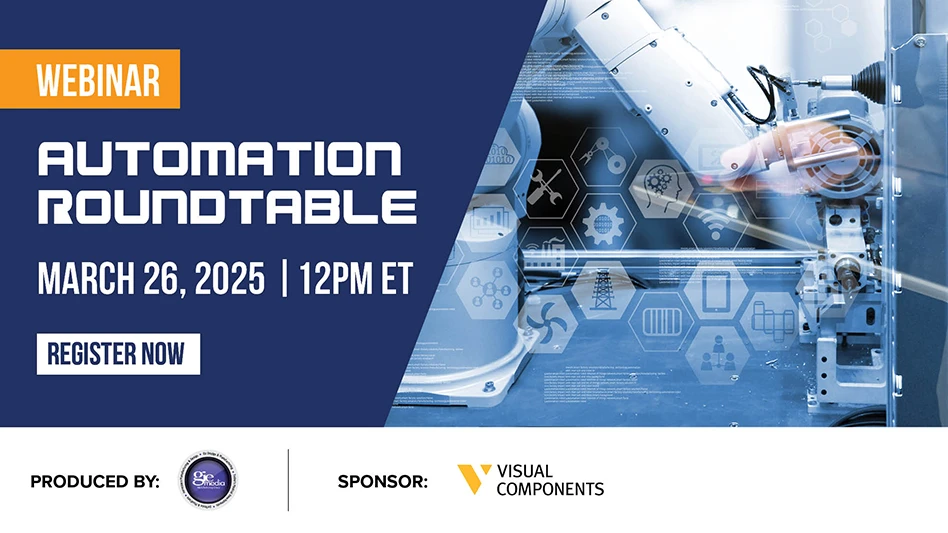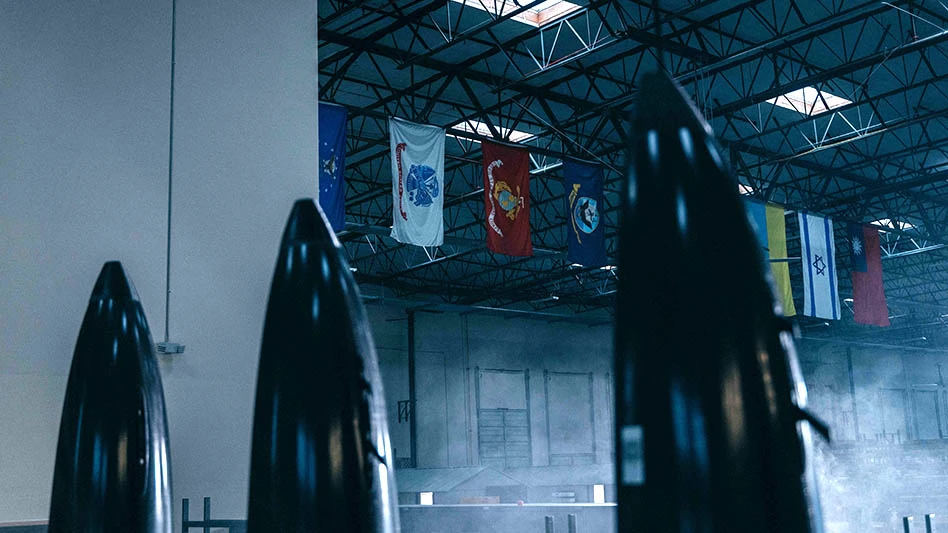
GIE Media

JF: Industry 4.0, Smart Factory, and
Exponential increase in data volumes transmitted and stored, and the computational power required to handle these volumesEmergence of data analytics, artificial intelligence, machine learning- New forms of
human- machine interaction (HMI) - Improvements in transferring digital data into the physical world and from physical to digital
- Use of time-sensitive networks in industrial environments
JF: Smart technologies are limited by the lack of standards at
JF: A large portion of a company’s knowledge is susceptible to hacking, however, the problem is more critical at an ERP and IT level than at a tooling level. We use Bluetooth Low Energy (BLE) as a standard for several reasons. A small battery-operated, fine boring tool equipped with BLE can only communicate within a few meters.
So, a hacking device needs to be placed near the machine tool, work undetected, and send information outside the factory. Recent Bluetooth versions have added security features that would further deter hackers.
4) How does BIG KAISER plan to close the loop for automatic tool adjustments?JF: We aim to provide the simplest possible automatic system to install and use. For customers who don’t need a closed loop, the tool can be adjusted via a smartphone or tablet app. A handheld device is under development if such devices are not allowed in the shop. In legacy machines, the closed-loop system uses an industrial PC to interface the machine control (via Ethernet) and tool (via Bluetooth). In a third envisioned scenario, machine tool builders could equip their units with hardware, software, and HMI functions for direct communication to our devices without external hardware.
5) What information might tools send or receive in the future?JF: BIG KAISER boring heads are much closer to the cutting point than any other element of the machine tool, and this is where the “real stuff” affecting

Explore the July 2018 Issue
Check out more from this issue and find your next story to read.
Latest from Aerospace Manufacturing and Design
- March Manufacturing Lunch + Learn with Quell Corp.
- March Manufacturing Lunch + Learn with SMW Autoblok
- SwRI addresses critical aging aircraft issue
- Walter adds tools to its PCD milling cutter range
- Archer Aviation, Palantir partner on next-gen aviation
- Fairlane Products’ TG GripSerts and accessories for low-profile clamping
- Boeing to build US Air Force’s sixth-generation fighter jet
- Sandvik Coromant introduces CoroMill Plura barrel





